Description
Hingu (Ferula foetida) is one of the most commonly found herbs in India. It is extensively used as an antimicrobial, anthelmintic, and anti-allergic agent and can also be inhaled by adding it to hot water to manage pneumonia, asthma, and whooping cough. In Ayurveda classical textbooks, it is mentioned to be Deepaniya, Swasahara, Sangyasthapana, and is Katuskandhi. Hingu comprises of oleo-gum-resin obtained from rhizomes and roots of Ferula foetida Regel., Ferula narthex Bioss, and other species of Ferula (Fam. Umbelliferae). It is a perennial herb occurring in Persia and Afghanistan. The resin of Hingu is collected after making incisions at the upper part of taproot of more than five-year-old plants by scrapping in March till April. Before flowering, the whole process is repeated many times, after one or two days or after a few weeks when it gets hardened.
Hingu is also referred to as ‘Food of God.’ It has a distinct pungent smell. Ferula foetida has been widely used not only for culinary purposes but also as a therapeutic measure. From Hingu the dried latex is obtained by making a deep incision in the roots or the rhizomes selected for both culinary and medicinal uses. In today’s time, people prefer using medicinal plants rather than using chemical drugs. Hence, Hingu can be seen used in day-to-day life and for treatment purposes, as it effectively works in stomach problems like gastritis, bloating, abdominal pain, flatulence and promotes overall digestive health. It has encouraging therapeutic value due to chemical components like derivatives of sulphides, volatile oil, etc.
How do you use Hingu?
Ancient texts in Afghanistan and Iran have prized hing for treating cough, cold, ulcer and menstrual problems. As the resin extract is rich in diuretic, anti-spasmodic and analgesic properties, it can be inhaled by mixing it with hot water for treating pneumonia, whopping cough and asthma


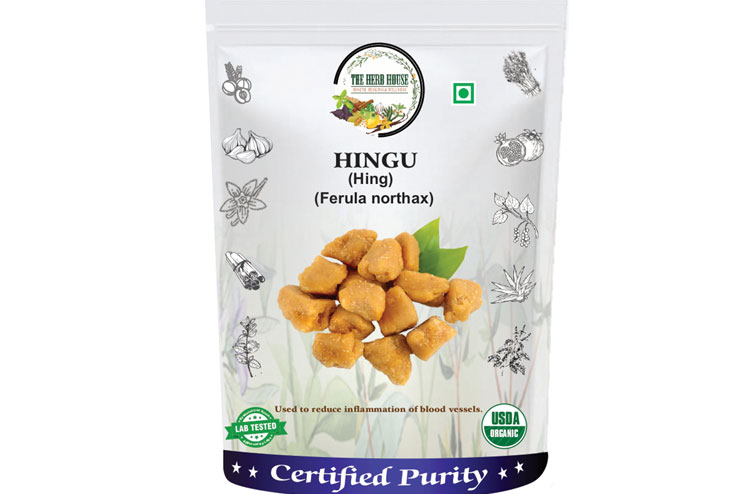
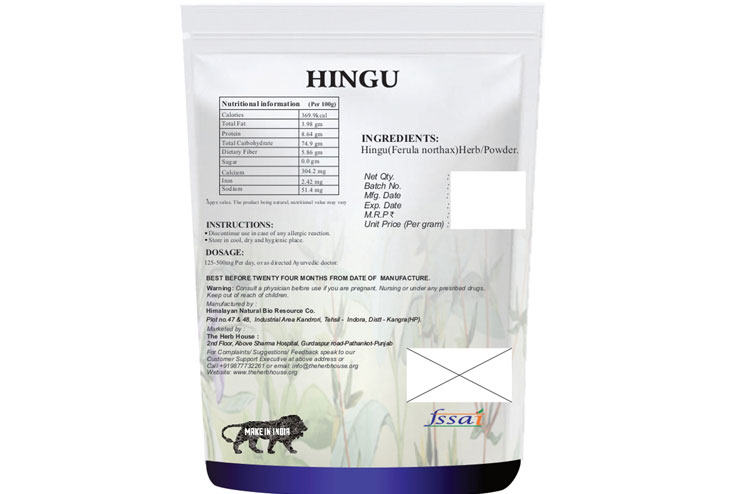
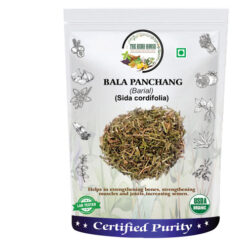
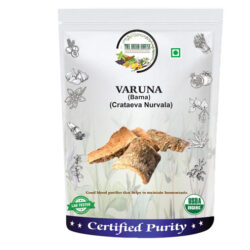
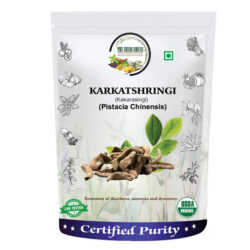
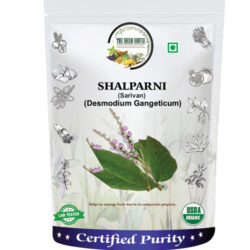
Reviews
There are no reviews yet.